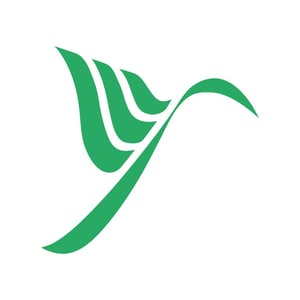As a rule, the scope of protection of a design is defined by the drawings. In order to protect the appearance of a design in the best possible way, you need to produce the best possible pictures or drawings of the product. The key elements in determining costs are the assessment of the drawings and producing suitable drawings. When planning an application, you need to consider the best design protection strategy, in which countries you should protect the design and how extensively. In this way, the costs will be most effective, as well.
When seeking protection for their design, a European applicant often makes use of the Community design application. After grant of a Registered Community Design (RCD), the protection is valid in every EU country, and therefore, it is also cost-effective. A well-thought, comprehensive strategy of a design protection is imperative in the early stages of the protection assessment, in order to obtain the strongest and most extensive granted design right in the desired market.
Preparing an application
It is important to spend enough time to prepare the drawings, as they play key role in design protection. This means costs for using a possible draftsman, as well as for using a design attorney for assessment of the drawings and possible improvement suggestions. Depending on the quality of the applicant’s drawings, the costs for the assessment vary accordingly. Either way, it is very important to prepare and file the best possible drawings of the design at the Office, as it is not allowed to amend the drawings afterwards, unless a notification is given by the Examiner allowing it. One example of costs is the above-mentioned EU-wide Community design application, in which a design protection is sought for one design including all recommendable 7 views of the design. Should the drawings be appropriate for filing at once, the application costs would be approx. EUR 2,000, if the design is allowed to become publicly available through registration.
Prosecution
When the Community design application is filed at the European Union Intellectual Property Office (EUIPO), the formalities and absolute grounds of rejection will be examined. In an ideal situation, the prosecution phase is very short and does not incur any costs. On the other hand, it may also take a little bit longer due to a possible Office Action, which generates costs.
Registration
The design term starts on the filing date, but only a design registration grants the design protection. At this stage, there will be minor costs for monitoring the priority and renewal terms of the design, as well as for proofreading and sending the registration certificate. An RCD is valid for five years, and it can be renewed four times every five years through payment of renewal fees until the end of the five-year period. Therefore, an RCD can be valid for 25 years in total. The renewal costs are determined by the amount of registrations and the renewal period. The renewal costs of a design lie between EUR210 and EUR330 depending on the renewal period.
Further applications to countries outside the EU
If a design protection is to be sought in a country outside the EU, a design application based on the RCD has to be filed at a national registration office within the six-month priority term counted from the filing date of the RCD. A ruff estimate of application costs for national filings claiming priority would be approximately between EUR1,500 and EUR2,500 per design.
Summary
As you can see from the above, total cost for design protection cannot be given off the top of one’s head. However, we are pleased to give you more accurate cost estimates for planning a design protection and filing a design application, as soon as we have received preliminary drawings or figures of the product.
Furthermore, we wish to point out that the above-presented cost estimates are given in general level for the purpose of giving a general perception of such costs.
Please turn to European Design Attorney Markku Szymczak in all design-related questions.





